Race and Ethnicity: African American - Starting with G
Gardner, Jeff (Lynching of)
Garland, Mamie Odessa Hale
Garner, Margaret “Peggy”
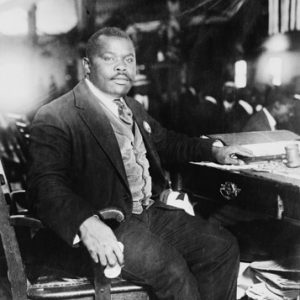 Marcus Garvey
Marcus Garvey
 Barbara Blanks Gathen
Barbara Blanks Gathen
George (Lynching of)
George Berry Washington Memorial
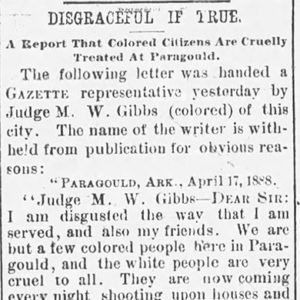 Gibbs Letter
Gibbs Letter
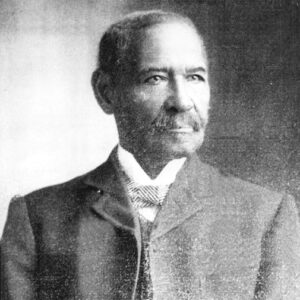 Mifflin Gibbs
Mifflin Gibbs
Gibbs, Mifflin Wistar
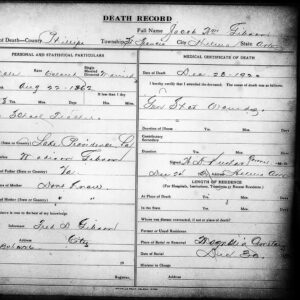 Gibson Death Record
Gibson Death Record
Gibson, J. W. (Murder of)
Gilbert, John (Lynching of)
Giles, Albert
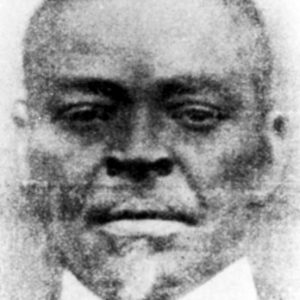 Isaac Gillam
Isaac Gillam
Gillam, Isaac Taylor
Gilmore, Felix (Lynching of)
Gladys McFadden and the Loving Sisters
Glover, Henry Bernard
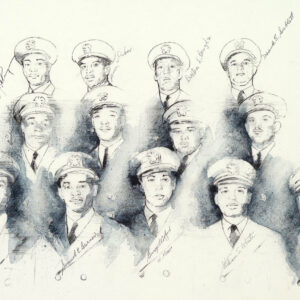 The Golden Thirteen
The Golden Thirteen
Gould, Godfrey (Lynching of)
Graves, Levi (Lynching of)
Great Migration
Green (Lynching of)
 Al Green
Al Green
Green, Al
Green, Carolyn Jean
 Carolyn Jean Green
Carolyn Jean Green
Green, Crane (Lynching of)
 Ernest Green
Ernest Green
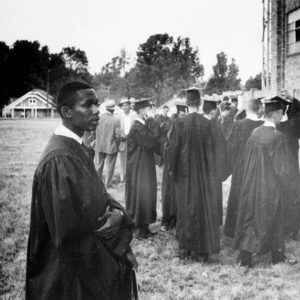 Ernest Green
Ernest Green
Green, Ernest Gideon
 Ernest Green
Ernest Green
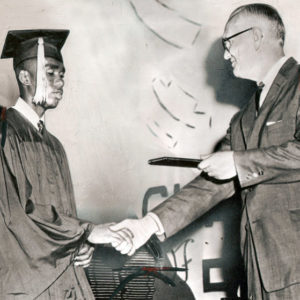 Ernest Green Receives Diploma
Ernest Green Receives Diploma
 Marlon D. Green
Marlon D. Green
Green, Marlon DeWitt
 Marlon Green
Marlon Green
 Roy Green
Roy Green
Green, Roy Calvin
Green, Steve
Greene, Charles Edward
 Jim Hines and Charles Greene
Jim Hines and Charles Greene
Greenwood, Bob (Lynching of)
 L. C. Greenwood
L. C. Greenwood
Greenwood, L. C.
 L. C. Greenwood Card
L. C. Greenwood Card
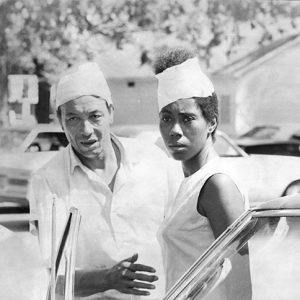 Ezra and Jackie Greer
Ezra and Jackie Greer
Gregory, Dick (Arrest of)
 Dick Gregory
Dick Gregory




